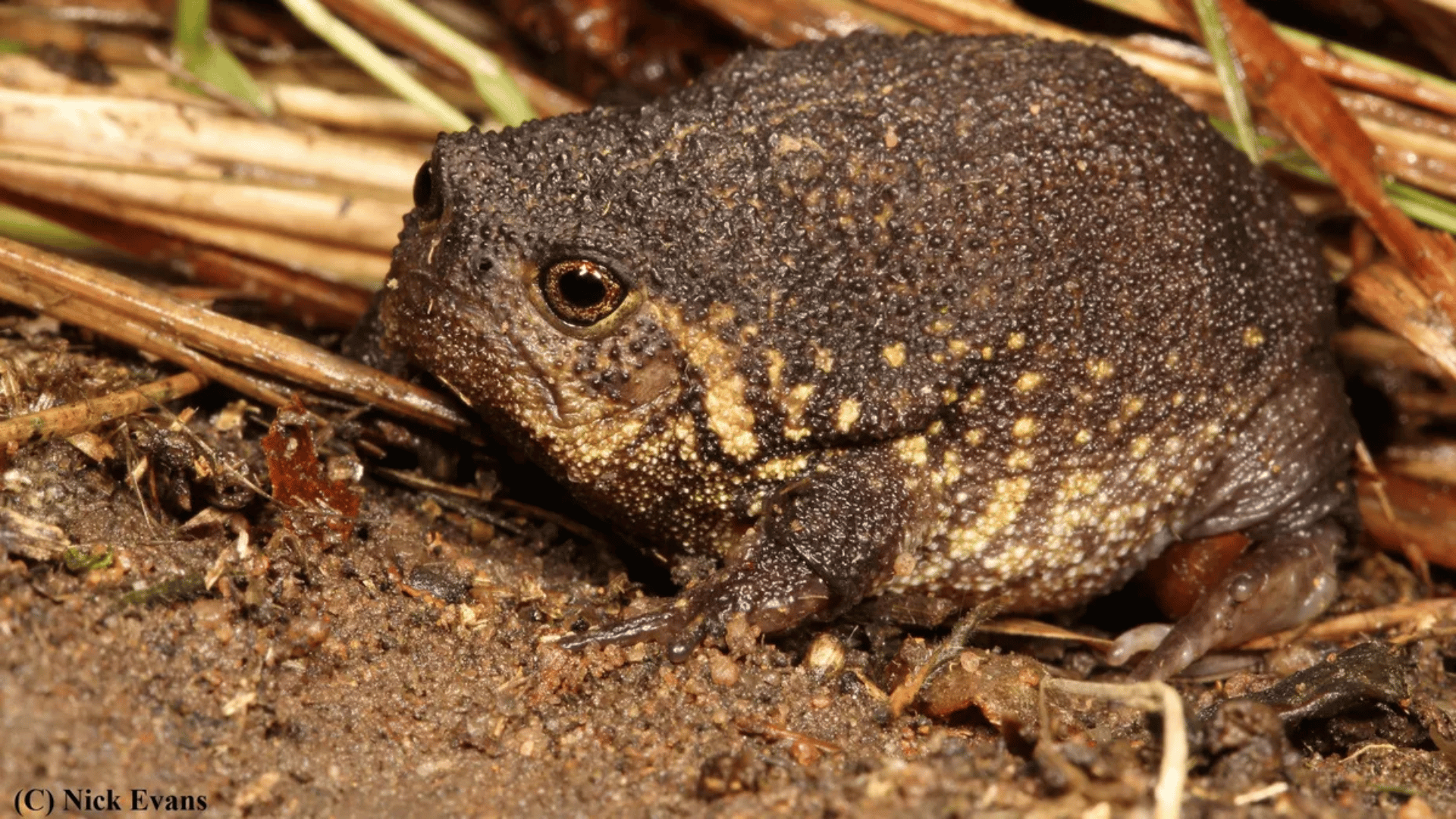In the last decades, many industries and products have become much more sustainable. Unfortunately, doing laundry still isn’t very environmentally friendly because of its excessive use of water, heating, and electricity. However, there are many things you can do to make your day-to-day laundry much more sustainable. Here are our top six sustainable laundry tips.
1. Invest In An Energy Efficient Washing Machine

A top loader washing machine can use up to 54 gallons of water whereas high efficiency washers only use 7—this means that using a high efficiency washer can save you thousands of gallons of water each year. Top loader machines also use about 65% more energy. Lastly, high efficiency washers are up to 40% bigger than traditional washers, meaning fewer loads need to be completed. Less water, energy, and fewer loads means that you’ll be saving more money in addition to being more sustainable! This money saved outweighs the cost of a new machine.
2. Use Cold Water
Water heating accounts for up to 90% of the energy needed to run a cycle, so one of the easiest ways to be more eco-friendly in the laundry room is to opt for cold water. Not only will you save energy, but your electricity bill will likely be lower too. Even better, certain laundry detergents like Tide PODS Coldwater Clean are now being made with cold water enzymes, designed to ensure that your clothes are as clean in a cold wash as they would be in a hot wash.
3. Learn How to Sanitize

One of the main reasons people will insist on the hot water cycle is to help kill germs or bacteria on their garments. However, most everyday items do not need to be sanitized. For example, your standard t-shirt and jeans aren’t crawling in bacteria, but a bedsheet used while sick should be sanitized. For those items that do need extra cleaning power, use the dryer instead of the washer to clean them. Using the ‘sanitize’ cycle on your dryer, or drying it on the highest heat for 45 minutes, instead of washing with heat cuts down on some energy usage and is just as effective as using the wash.
4. Wash Clothes Sparingly
Even though it’s tempting to just toss your clothes into the laundry after every wear, you don’t always need to. The belief that clothes become “dirty” after every wear is largely influenced by laundry product ads in the 1900s—we actually only need to wash our clothes after they become stained or stinky. Sustainable laundry tip? Wait until you have a full load to run, and save more energy, water, and money.
5. Practice Sustainable Drying
 Dryers are huge energy hogs, second only to refrigerators in household energy use. People in some countries like China don’t even have dryers in the first place! One way to make your laundry routine significantly more eco-friendly is to air-dry as much as possible. This is where the old-fashioned clothesline comes in handy. Line-dry clothes also help your clothes last longer.
Dryers are huge energy hogs, second only to refrigerators in household energy use. People in some countries like China don’t even have dryers in the first place! One way to make your laundry routine significantly more eco-friendly is to air-dry as much as possible. This is where the old-fashioned clothesline comes in handy. Line-dry clothes also help your clothes last longer.
If you feel that your clothes get too crunchy when they air-dry, you can also try a hybrid approach. Put your clothes in the dryer for the first ten minutes of the cycle and then take them out and hang them to dry. You’ll get the soft benefits of the dryer while still significantly cutting down on your energy usage.
If you do run the dryer, make sure to keep your lint screen clean. This allows air to flow, drying your clothes faster. If your dryer has the option, use the moisture-sensing setting in place of a timed dry. And, use dryer balls instead of dryer sheets. Dryer balls do not contain the harmful chemicals found in dryer sheets.
6. Switch Detergents
If you really want to avoid making an environmental impact with your laundry, another sustainable laundry tip is to look into upgrading to a more eco-friendly detergent. Many detergents are filled with chemicals and fragrances like dyes, chlorine, phosphates, and harsh enzymes. These can be harmful to the environment from getting into our drinking water and can also irritate sensitive skin and damage your clothes. To keep our recycled water supply as clean as possible, while also helping your skin and clothes, look for a laundry detergent that uses plant-based ingredients and is biodegradable. For example, Tide’s Purclean Laundry Detergent is made of 75% bio-based ingredients.
Discover more about innovations in sustainable laundry for free on Tomorrow’s World Today’s episode of “Power of the PODS” on TWTshow.com!







